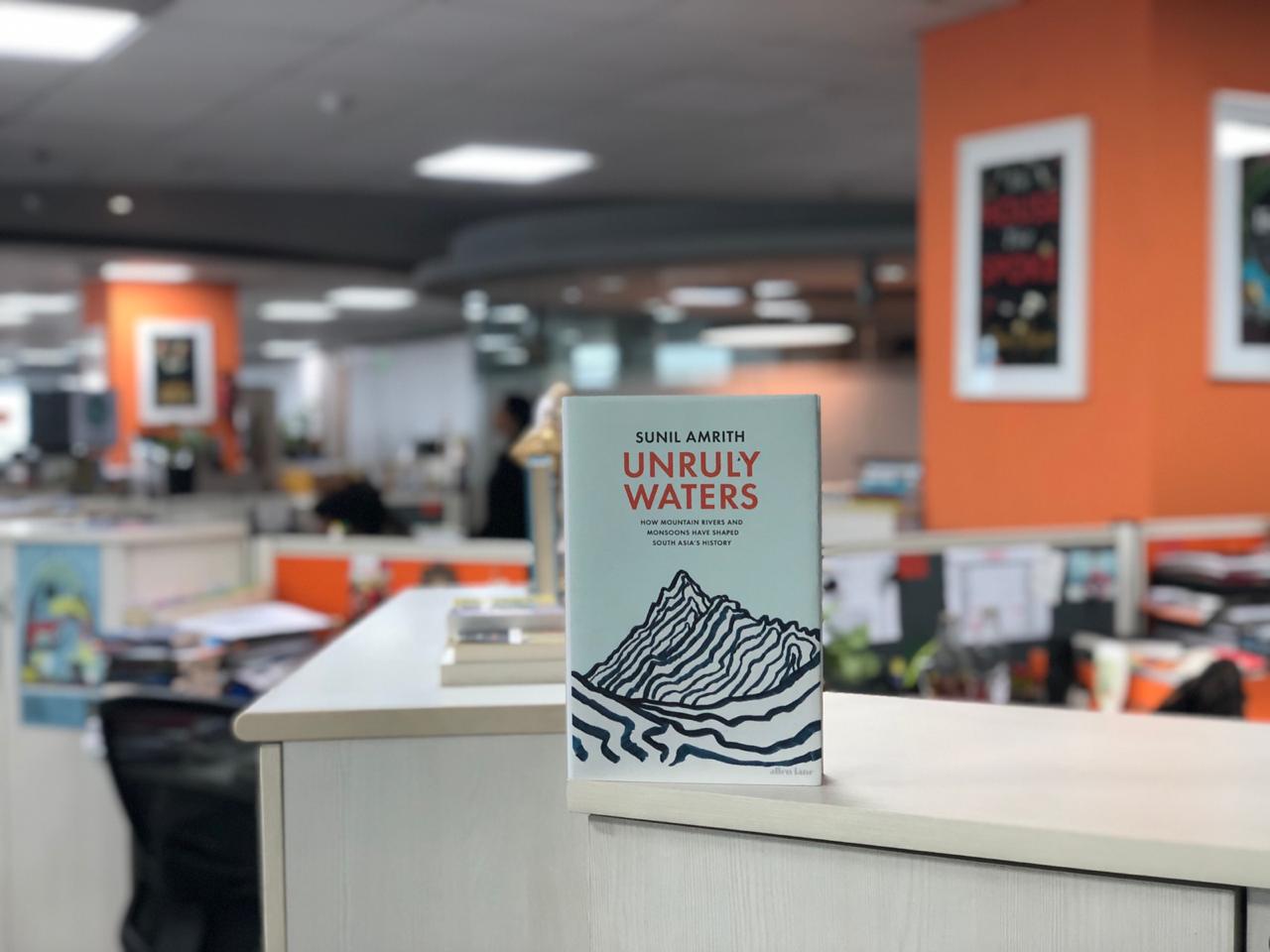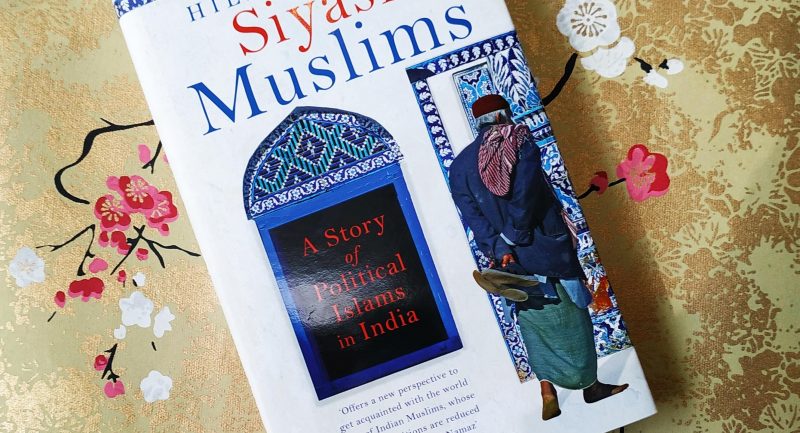
Asia is home to more than half the world’s population, but it contains less freshwater than any continent except Antarctica. A fifth of humanity lives in China, a sixth in India; but China has only 7 percent, and India 4 percent, of the world’s freshwater—and within both countries that water is distributed unevenly. The quality as well as the quantity of water is under strain from a multiplicity of new demands and uses. Asia’s rivers are choked by pollutants and impounded by large dams.
Unruly Waters takes us through the journey of Asia’s rivers and water bodies and tries to bring us face to face with the immediate consequences and effects of global warming and population.
From mountain peaks of the Himalayas flow ten great rivers that serve a fifth of humanity—the Tarim, the Amu Darya, the Indus, the Irrawaddy, the Salween, the Mekong, the Yangzi, the Yellow River, the Ganges and the Brahmaputra.
~
The Himalayan rivers run through sixteen countries, nourished by countless tributaries. They traverse the regions we carve up as South, Southeast, East, and Central Asia; they empty out into the Bay of Bengal, the Arabian Sea, the South and East China Seas, and the Aral Sea.
~
New ports and thermal power plants line the coastal arc that runs from India, through Southeast Asia, to China. India and China have embarked on schemes to divert rivers to bring water to their driest lands: costing tens or hundreds of billions of dollars, they are the largest and most expensive construction projects the world has ever seen. At stake in how these plans unfold is the welfare of a significant portion of humanity. At stake is the future shape of Asia, the relations among its nations.
~
Asia’s waters have long been a gauge for rulers’ ambition, a yardstick of technological prowess—and a dump for the waste products of civilization. We can trace many of Asia’s political transitions through the effects they had on water: from the global reach of the British empire in the nineteenth century, to the projects of national reconstruction that the Indian and Chinese states carried out in the twentieth.
~
Memories of the nineteenth century lie beneath the fervor with which India built 3,500 large dams, and China 22,000, in the decades after independence. The memory of subordination by European empires continues to shape Indian and Chinese foreign policy: it orients their approach to agriculture; it even underpins their responses to climate change.
~
More than 70 percent of total rainfall in South Asia occurs during just three months each year, between June and September. Even within that period, rainfall is not consistent: it is compressed into a total of just one hundred hours of torrential rain across the summer months. Despite a vast expansion in irrigation since 1947, 60 percent of Indian agriculture remains rain-fed, and agriculture employs 60 percent of India’s population.
~
Throughout history, water has both connected and divided Asia. The rivers and oceans have been thoroughfares of trade as well as zones of imperial domination.
~
One study predicts that by 2070, nine out of the ten cities with the most people at risk from extreme weather will be in Asia—Miami is the only non-Asian inclusion. The list includes Kolkata and Mumbai in India, Dhaka in Bangladesh, Guangzhou and Shanghai in China, Ho Chi Minh City and Hai Phong in Vietnam, Bangkok in Thailand, and Yangon in Myanmar.
Unruly Waters tells the story of how the schemes of empire builders, the visions of freedom fighters, the designs of engineers— and the cumulative, dispersed actions of hundreds of millions of people across generations—have transformed Asia’s waters over the past two hundred years.









